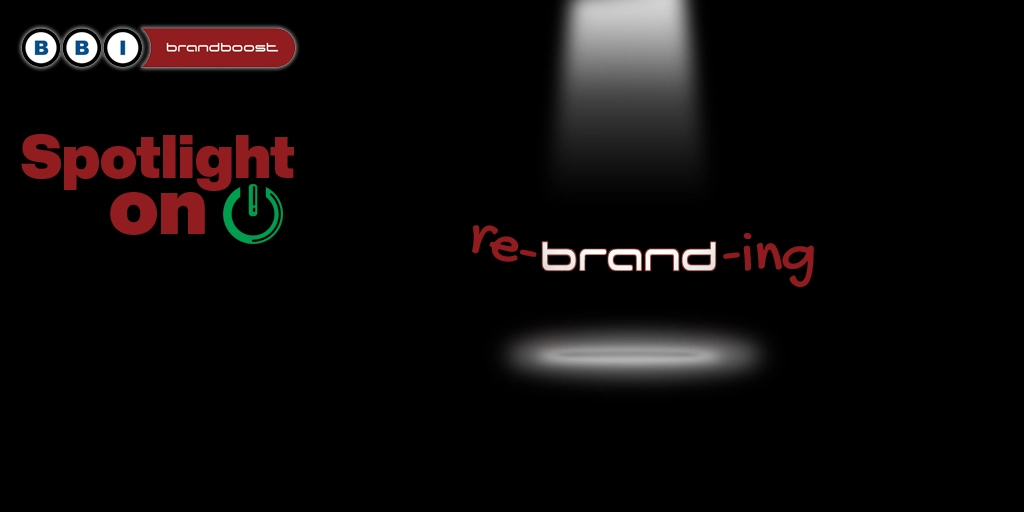A recent post in Econsultancy has reported on how a previously flourishing Toronto based company has had to lay off 80% of its workforce because a rebranding exercise, including a change of URL, made its organic search traffic from Google plummet rapidly.
The author explains that Google offers advice to businesses wishing to undertake a rebranding process and how to mitigate negative effects on their rankings.
So what went wrong in this case?

Expand - Rebrand - Crisis
The Econsultancy article is titled “How one company’s rebrand and domain name led to SEO disaster” but the title only tells part of the story. The loss of business in the case described is likely to be due to other factors as well, and demonstrates how any rebranding process needs careful research and effective strategic planning before implementation.
The company, which was previously called Logojoy and used AI and machine learning to design logos, made the decision to change its name to Looka. Its URL was also changed from logojoy.com to looka.com. The move was because the company had decided to expand its product line beyond logos to brand packages that included logo files, brand guidelines, social media assets, and business card designs.
Looka had expected a temporary loss in organic traffic of between 20% and 30%, but the actual downturn was a disastrous 80%. With organic traffic accounting for half the company’s revenue, it was forced to slash its workforce from 40 employees to a team of just eight. The layoffs affected every company department, including marketing, product development, customer service, and operations.
Why did this happen?
Econsultancy cites a range of possible reasons as to why Google’s algorithms could have reacted adversely to the changes made by Looka. These included that Looka may have ignored Google’s advice on website architecture, that changes in URLs of landing pages may have blocked off essential marketing content and that the dropping of the word “logo” from the original domain name of logojoy.com meant that people searching with key phrases which included logo would no longer be able to find them.
Perhaps the most fundamental mistake was to omit having the message blazoned on the website homepage and elsewhere that “Logojoy is now Looka!”
We sympathise with the company’s current predicament and hope they will soon return to their former profitability and growth potential. Nevertheless, the mistakes they made go beyond the problems of organic search rankings, important though these are.
If it works don’t knock it
When a rebranding is decided upon, then the move needs to be publicised well in advance through all relevant media channels and social networks, as well as taking actions to minimalise any negative effects on organic search. A strategic communications programme to create awareness of the rebranding and why it is taking place will not only alert existing customers to the change but promote the brand to possible new markets.
Furthermore, there is a critical question to ask, namely: “Why change the name of a brand when it’s working well for you?” Many great brands have their names rooted in history and make great efforts to protect their provenance and identity. They may make minor adjustments to go with the flow of current style – Marks & Spencer now frequently refer to themselves as M&S and the National Westminster Bank use the term Nat West – but the integrity of the brand remains intact.
Logojoy now known as Looka was looking for a way to demonstrate that they had expanded their services, but had an established name in the marketplace that was working well for them. A simple answer would have been to rebrand as “Logojoy Plus” or something similar. This would have enabled the company to build on the solid ground of brand awareness rather than killing the goose that laid the golden eggs!
BBI Brandboost has gone through rebranding exercises at several stages of our company history and has assisted our clients in similar projects. We offer a holistic approach to these programmes, from SEO, marketing and strategic communications perspectives. Please contact us if you have changes to make in the rebranding or repurposing of your business.